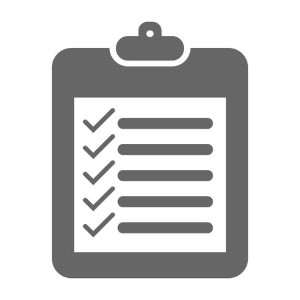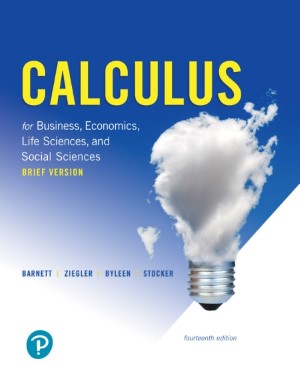- News & information
- About
- History
- George V. Voinovich
- George V. Voinovich Collection
- Calendar
- How to Find Us
- News
- Archives
- Photojournalism Fellowship Project
- Photo Essays
- Current Fellow
- Previous Fellows
- Reports and Publications
- Archives
- Students
- Prospective
- Center for Entrepreneurship
- Environmental Studies
- HTC/Voinovich School Scholars
- Master of Public Administration
- Current
- HTC/Voinovich School Scholars
- Center for Entrepreneurship
- Environmental Studies
- Master of Public Administration
- Alumni
- Contact
- School Leadership
- Strategic Partners Alliance
- Ohio University Public Affairs Advisory Committee
- Ohio University Public Affairs Advisory Committee
- Faculty and Fellows
- Faculty
- Visiting Professors
- Voinovich Fellows
- Professional Staff

Math 1350 Learning Outcomes
This List of Learning Outcomes refers to Chapters in the 14th Edition of the textbook.
 Textbook Information for the 2020 - 2021 Academic Year MATH 1350
Textbook Information for the 2020 - 2021 Academic Year MATH 1350
Title: Calculus for Business, Economics, Life Sciences, and Social Sciences, Brief Version, 14 th Edition
Authors: Barnett, Ziegler, Byleen, Stocker
Publisher: Pearson, 2019
ISBN 13: 978-0-13-486264-4
Remark: The ISBN number listed above is for
- the 14 th Edition of the book
- Brief Version
- Includes the access code for the MyLab Math online homework system.
- Concepts Covered in Chapter 2 and 3 of Our Textbook
- Find limits analytically, numerically and graphically including one-sided limits and limits at infinity.*
- Analyze the limit behavior of a function at a point in its domain to determine if the function is continuous at that point. Determine intervals in which a function is continuous. Analyze and classify the discontinuities of a function.*
- Find the derivative of a function using the limit definition.*
- Find the derivative of a function by identifying and applying the appropriate derivative formula.*
- Understand the interpretation of the derivative as the slope of a line tangent to a graph and as a rate of change.*
- Understand the business terminology of demand, cost, price, revenue, and profit, and solve applied problems including marginal analysis applications. Explain the relationship between marginal cost and average cost.*
- Concepts Covered in Chapter 4 of Our Textbook
- Find higher order derivatives of a function.*
- Use the first derivative to determine intervals on which the graph of a function is increasing or decreasing and to determine critical points of the function.*
- Use the second derivative to determine intervals on which the graph of a function is concave upwards or concave downwards and to determine points of inflection.*
- Find and classify relative extrema of a function.*
- Find the absolute extrema of a continuous function on a closed interval.*
- Concepts Covered in Chapter 5 and 6 of Our Textbook
- Find antiderivatives and indefinite integrals using integration formulas and the method of substitution*
- Identify definite integrals of functions as the areas of regions between the graph of the function and the x -axis.*
- Estimate the numerical value of a definite integral using a Riemann sum.**
- Use the Fundamental Theorem of Calculus to evaluate definite integrals.*
- Use definite integrals to calculate the area of the region under a curve and the area of the region between two curves.*
- Use definite integrals to calculate the average value of a function on an integral.**
- Find present value and future value for an investment with interest compounded continuously.*
- 4.10 For given supply and demand functions, find and interpret the consumer's surplus and the producer's surplus.*
Note: This list of Learning Outcomes has been designed to adhere to the Transfer Assurance Guides (TAGS) provided by the University System of Ohio.
- General information about TAGS can be found at the following link: ( TAGS ).
- The specific list of TAGS requirements for Business Calculus can be found at the following link: ( Business Calculus ).
- The symbol * denotes essential learning outcomes from the TAGS.
- The symbol ** denotes optional topics from the TAGS.
(page maintained by Mark Barsamian , last updated January, 2020)
Contact Information:
(740) 593–9381 | Building 21, The Ridges
Ohio University Contact Information:
Ohio University | Athens OH 45701 | 740.593.1000 ADA Compliance | © 2018 Ohio University . All rights reserved.
